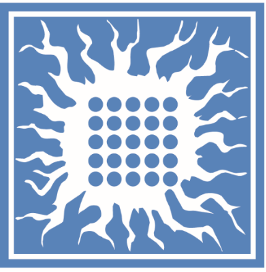Biological activities, including cell viability, oxidative stress, genotoxicity/ antigenotoxicity, and antimicrobial activity, were evaluated for a visible-light-responsive TiO2-based ICT complex with dihydroquercetin (DHQ) and compared with pristine TiO2, its inorganic component. Pristine TiO2 did not induce cytotoxicity in MRC-5 or HeLa cells within the tested concentration range (1–20 mg/mL), while TiO2/DHQ displayed a significant reduction in cell viability in both cell lines at higher concentrations (≥10 mg/mL). The analysis of reactive oxygen species (ROS) production revealed that TiO2/DHQ significantly reduced ROS levels in both cell types (MRC-5 and HeLa), with HeLa cells showing a more substantial reduction at lower concentrations. Genotoxicity assessment using the comet assay demonstrated that TiO2 induced DNA damage in MRC-5 cells, while TiO2/DHQ did not, indicating that DHQ mitigates the genotoxic potential of TiO2. Furthermore, TiO2/DHQ exhibited antigenotoxic effects by reducing H2O2-induced DNA damage in MRC-5 cells, supporting its protective role against oxidative stress. Preliminary antimicrobial tests revealed that TiO2/DHQ exhibits antimicrobial activity against E. coli under visible-light excitation, while TiO2 does not. These findings suggest that the TiO2-based ICT complex with DHQ with enhanced antioxidant properties can potentially serve as a safe, non-toxic biocide agent.
Keywords: TiO2; dihydroquercetin; interfacial charge transfer complex; cytotoxicity; antigenotoxicity; antimicrobial activity






